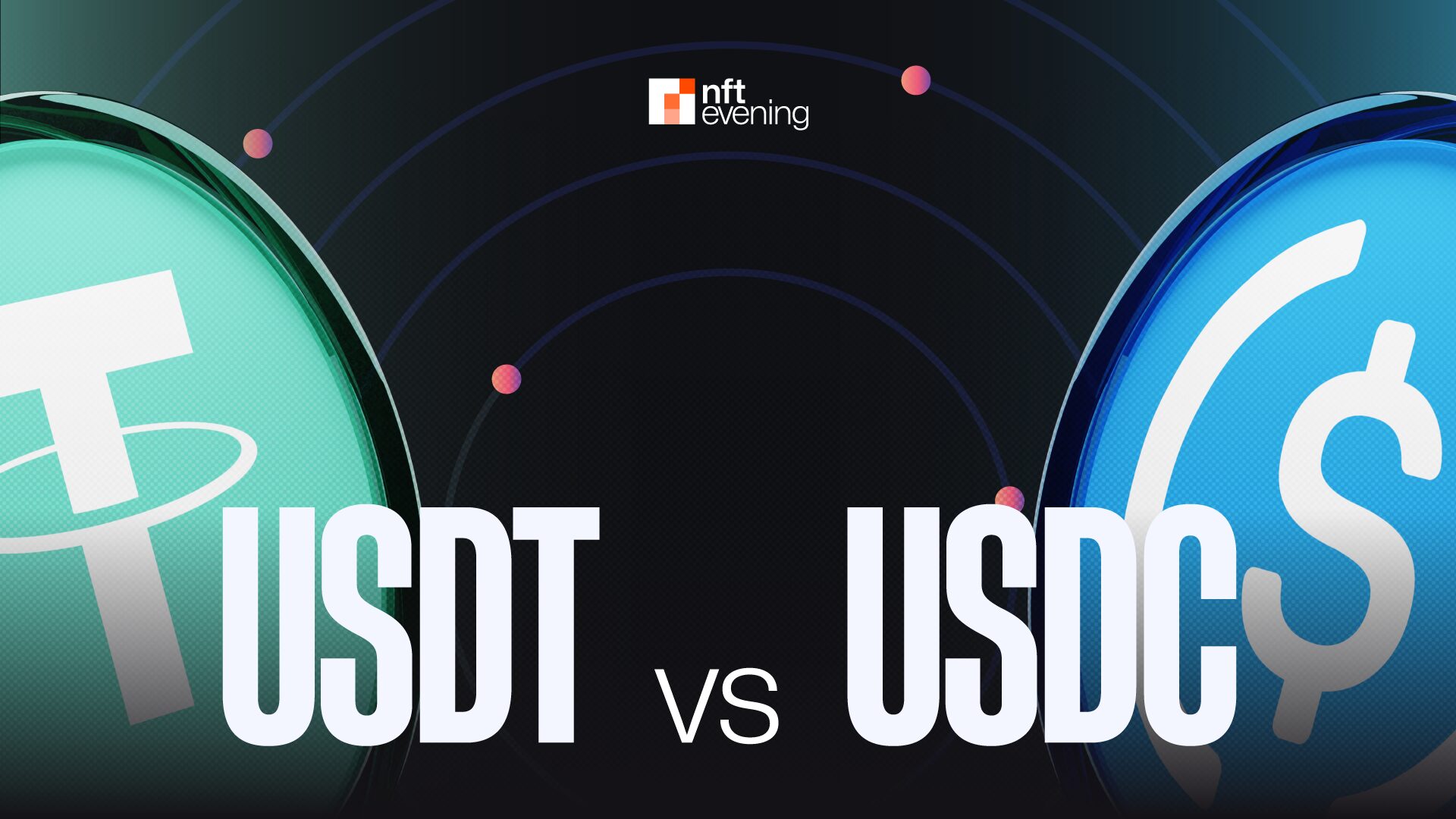The business value of spatial data goes beyond headsets to encompass a broader range of end devices, with implications that come with it. The World Economic Forum (WEF) recently released a report highlighting the emerging industrial metaverse and the significant players who are investing in XR-related technologies to boost workplace operations.
The World Economic Forum recently released its “Navigating the Industrial Metaverse” report earlier this month, highlighting the range of emerging technologies fueling the future of 3D virtual collaboration and simulation-defining the future of work.
The WEF report also highlights how XR can offer enterprises real-time, interactive, persistent, and synchronous representations and simulations of working environments or assets.
During the most recent episode of the Big XR News Show, speakers representing the WEF report and the border XR workplace community spoke on the industrial metaverse, defining the technology and informing businesses.
- Kevin ‘O Donovan, Co-Chair, Industrial Metaverse & Digital Twin Committee, VRARA
- Jay Latta, Founder and Speaker, The Fusionists
- Amy Peck, Founder and CEO, EndeavorXR
- Letitia Bochud, Director, Virtual Switzerland and Chair of the Board of Directors, XR4Europe
- Jennifer Rogers, Executive Officer, Learning Technology Standards Committee at the IEEE
The WEF Reports on the State of the Industrial Metaverse
Peck noted that industrial metaverse initiatives such as the WEF report help to move the XR industry “past the hype of the Meta metaverse.”
“We’re all very grateful that Meta has invested so much in this, but now we’re looking at what are the practical elements,” Peck also remarked:
It doesn’t necessarily need to be called metaverse, but it is this always-on persistent layer of data that is synchronised to the real world, has location awareness and will allow us to make inferences about how all of our processes are performing and then especially using AI on the back end start to be able to optimise that performance.
Moreover, O’Donovan noted that compiling the experience of various vendors and companies allows people to find answers to questions like: “How would I use it [XR] in my company?”
O’Donovan explained that companies can refer to the WEF report to see how firms leverage XR today and its related technologies in the “supply chain, where they’re using it, and how they’re getting value out of it.”
O’Donovan added:
We’re designing stuff in a digital twin and doing simulations before we build anything, whether a ship, a building, a power line, or whatever. – So we can see little examples from different sources and industries, and more people will move away from the hype and go, ok, that resonates in my world; I have a problem and need to check this out. So it’s a good step forward.
Latta also remarked that the WEF report is an “important step forward.” Promoting a broad ecosystem of parties fueling interoperability allows the industry to leave a walled garden future, Latta remarks, and “showcase the people or the interested parties” in the ecosystem, helping people find a personal piece that fits into the overall XR enterprise puzzle.
Latta added:
Multimodality and interoperability is very, very important. This was somehow a little bit silent due to overhype. The second thing that is important to understand is that due to this eco-systemic approach, it’s not just one technology. It’s not just about XR. Now, with generative AI, the following hype is with data approaches and so on; how do we secure our connection? Can we trust our data for all of these considerations? This initiative at the World Economic Forum has made this a reliable model where we can move forward and create the right use cases.
Bouchard also noted:
It’s about making sure there is legal tax and Regulation of the metaverse, and obviously, this has to become one of the bases of the metaverse; if we want to advance, it’s true that we will need a better definition.
Peck continued by adding that the World Economic Forum’s approach includes “internal personnel who are experts in the field” who are leading the research. However, Peck notes that there are also several pages of industry contributors in the report, highlighting the broad range of companies that leverage industrial metaverse technologies for different use cases.
Peck explained:
You’ve got companies that are competitors, and you’ve got companies that are global concerns. Accenture is one of the lead teams that are involved in this paper. I’ve talked to most of them; they’re passionate about the technology. But then there are others of the big four that are actually in the overall working groups. The idea is that all of these people are coming together from different perspectives and trying to distil this down, and we need to think about how we can do this with all of the technologies coming at us with full force.
Defining the Metaverse
As the XR space emerges, so does wordage. From spatial computing to the metaverse, the formative years of XR will see many terminologies come and go – like how the internet had various titles like the World Wide Web or dial-up.
The term metaverse may quickly disappear into the ether as a relevant term. When ubiquity arrives, more precise definitions will come with it.
However, this can be a significant hurdle for adoption and standardisation – notably in enterprise or data-sensitive sectors. Moreover, with related technologies like digital twins, immersive solutions are leveraging more and more user data. The technologies and the data collected require proper definition and standardisation to ensure appropriate workplace adoption.
Rogers remarked that everyone in the industry is working on reaching a unified approach and understanding of enterprise-grade XR, “which is certainly limited by infrastructure concerns and things like that on a global scale,” Rogers added.
However, as “those things start to resolve,” Rogers states that the workplace is experiencing “more and more applications of the industrial metaverse.”
Rogers also added:
It was great for me to see such an emphasis on workforce enablement throughout the report, regardless of the industry that pops out. – It’s interesting because I’m starting to see an intersection between the IoT sensors and things we typically think about in digital twins and the people side of the equation, which hasn’t always happened. But I’m starting to see it happen whereby we’re starting to understand, particularly from a workforce enablement perspective, that if we do have sensors and the ability to kind of look at things that are trending, from an operational process perspective that we also now have the ability in real-time to provide the right intervention to a human being so that they can take that data and make the right decisions-humans need to make to normalise that operational process.
“It’s exciting to me to see all of these pieces start to come together, and certainly, in that report, it starts to weave all of those threads together,” Rogers explained.
The IEEE member also stated that this “does nothing but good for the industry and for people starting to understand how we use all this tech together in a way that doesn’t create chaos but instead is interoperable.”
Understanding the interconnected web of technologies, enabling factors, and the “human beings who are part of these experiences” will allow solution providers and users to leverage various tools and services as “one seamless operation or experience rather than all these disconnected pieces of tech,” Rogers noted.
O’Donovan also expressed that the convergence of all the technologies “is not slowing down.”
O’Donovan added:
I hear a lot about AI and all this stuff’s going to take away our jobs. Yet in every industry, especially in energy, we can’t get skilled workers. We need to free up time from these people. So I’m convinced that this is where we’re going. The bus has left.
Peck, however, noted that, at times, the XR industry can get “stuck trying to define these things, and I think that works itself out.”
Peck also remarked on how the convergence of XR and other emerging technologies will be called “whatever consumers call it once the technology is ubiquitous.”
Moreover, Peck continued:
I would argue that the metaverse includes AR. But then there are purists who say no, the metaverse is a purely CG environment. It doesn’t matter because it’s not about being right or wrong. What we need to get right is the protection layers, data protection, and proof of humanity and identity. There are also some significant environmental concerns as we scale because we talk about the cloud, the cloud is just racks of servers in weird places that are buildings that are very, very hot. That is going to get hotter as we build more processing power and we’re demanding more data.
Peck noted the importance of better educating the public about the technology and that “until the consumers figure out what all of this technology is, we need to be busying ourselves with the hard and thankless work of figuring out interoperability and the privacy controls and protections.”
Please watch the latest Big XR New Show episode to learn more about this subject and others.
Read the full article here






